How to grow collard greens – and the best ways to harvest for a long cropping season
Everything you need to know from sowing to cropping - and discover how to harvest collard greens so they keep growing
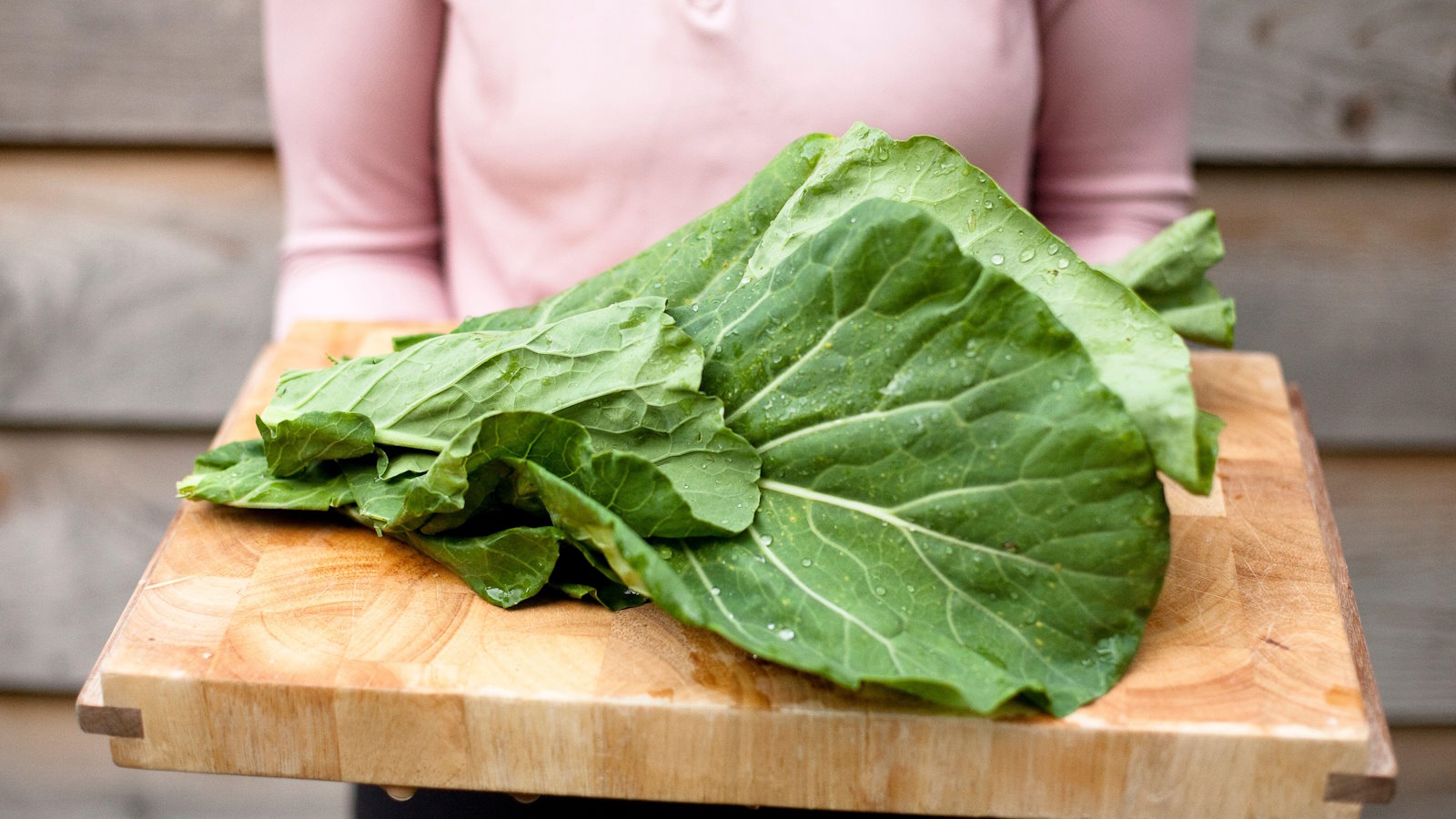

Collard greens are a fast-growing cool season vegetable that produce leaves packed with vitamins and minerals. It is a crop that is hugely popular in southern cooking, and many people enjoy growing the vegetable as it is easy to cultivate and can provide multiple harvests.
Collard greens are hardy down to 15°F, which means the plants are capable of providing a harvest throughout the winter months in many US hardiness zones. I grew, maintained, and harvested collard greens in a productive vegetable garden. The crops were harvested for chefs for a long period from fall through winter.
If you are curious about growing collard greens and adding them to your plot, we take a closer look at how to grow collard greens and maintain the plant to get the biggest yield.
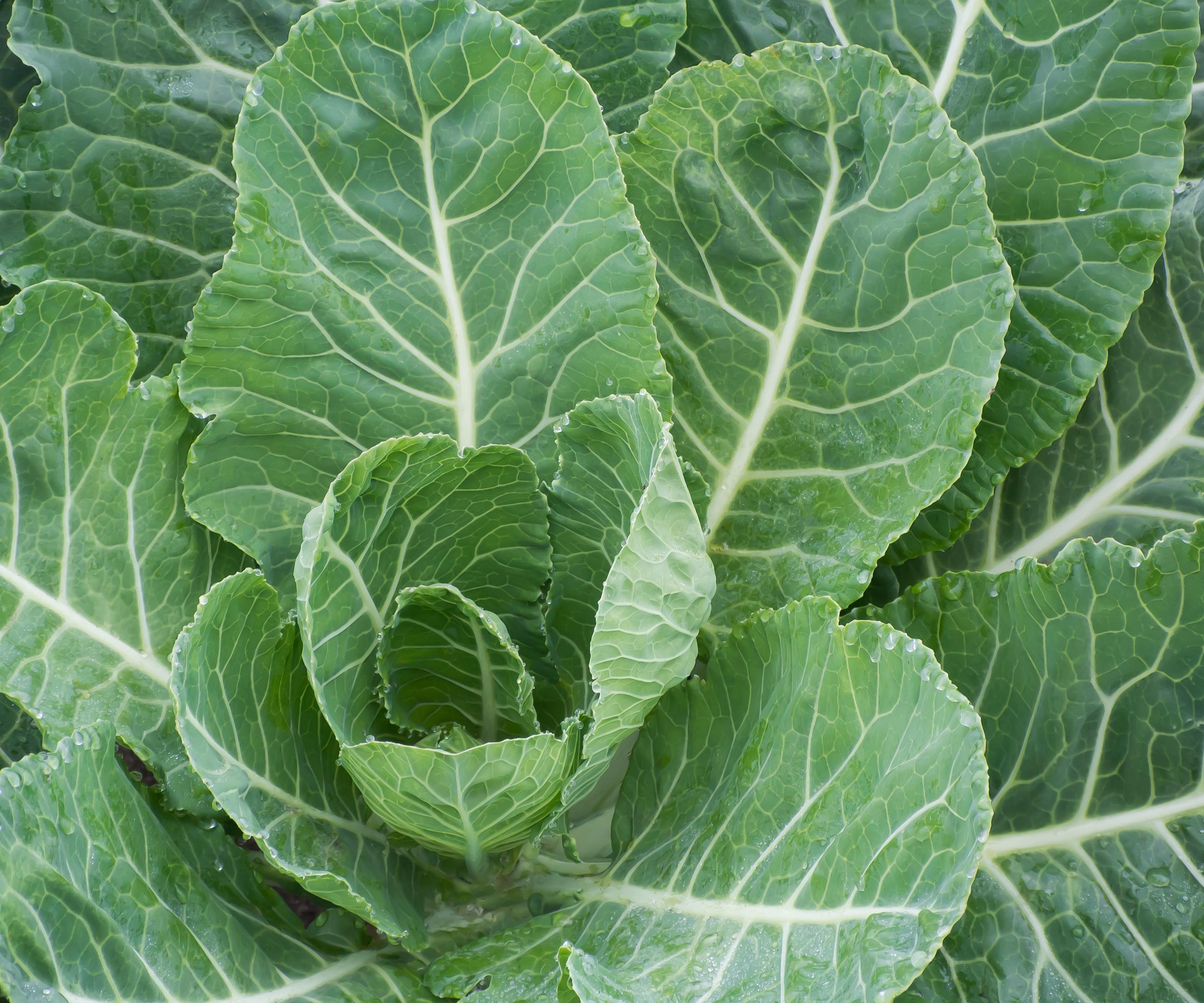
Collard greens are part of the brassica family
How do you grow collard greens?
Collard greens are easily grown from seed, or young plants can be bought to add to your backyard kitchen garden.
Plants are commonly sown in spring, either outdoors or you can start the vegetable seeds indoors, while the crop can be a vegetable to plant in fall to provide a harvest throughout the winter months.
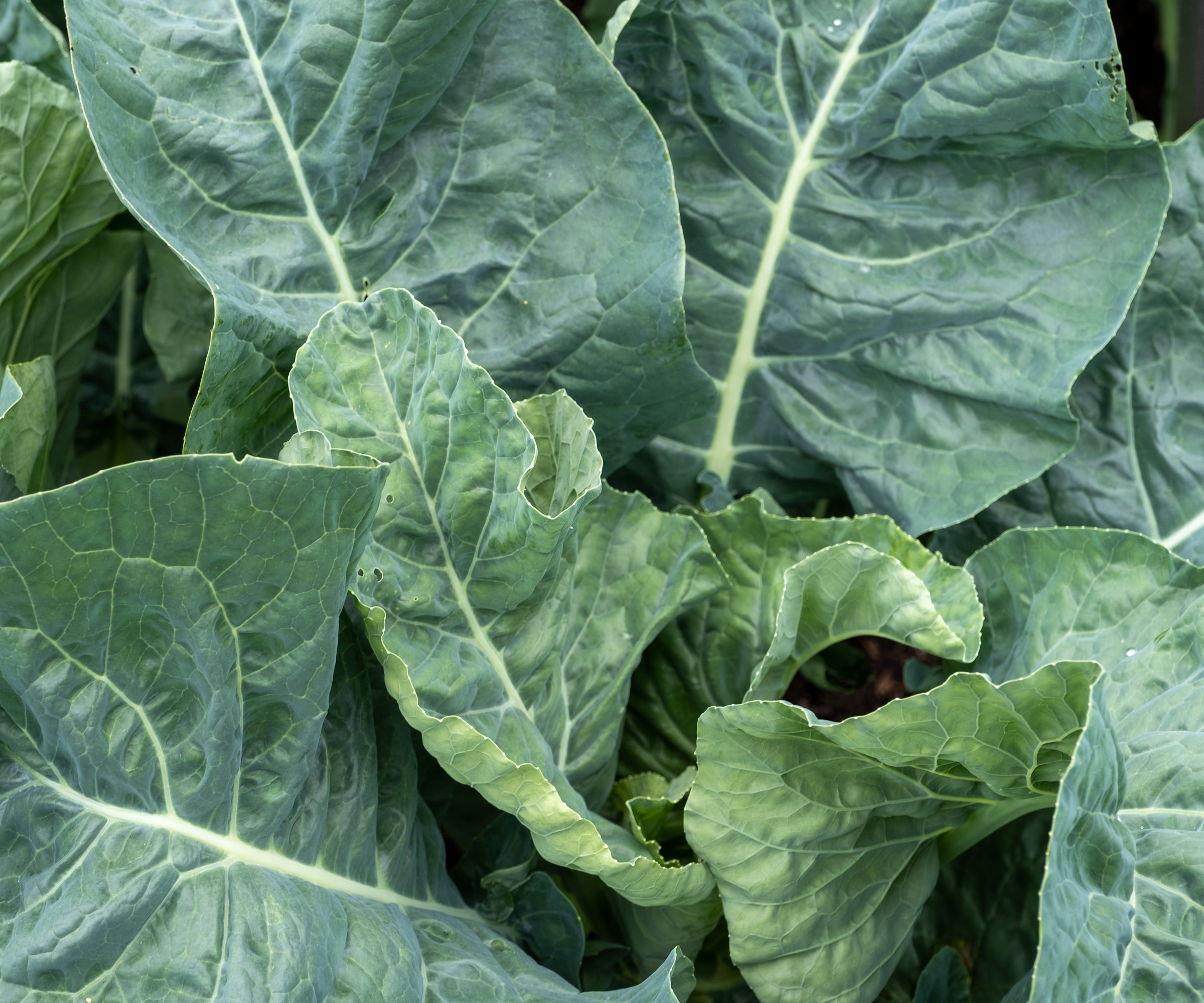
Collard greens are grown for their large edible leaves
How to grow collard greens from seed
Collard greens can be sown in spring for summer harvests or mid-summer-to-early-fall for harvests throughout fall and winter. The crop can mature quickly, with some varieties taking around 60 days and others taking up to 80 days.
It is advisable to choose quicker-maturing varieties when sowing in spring, so they grow and produce a crop before bolting when temperatures hit over 85°F. Many growers in milder regions will direct sow seeds into the ground outdoors a few weeks before the last spring frost. The crop is sown half-an-inch deep in rows around three feet apart.
If you live in a colder climate, where the frosts may limit the time available for the crop to grow in, collard greens can be started off indoors. Start seeds off in trays of a good seed compost - which is always the best soil to start seeds - and grow them on at temperatures of at least 60-70°F.
Work out your timings well and don’t fall into the seed sowing mistake of sowing at the wrong time, which can lead to weak and leggy seedlings that will struggle to grow into healthy plants.
For a late sowing to provide cold season crops, collard green seeds can be sown around 6-8 weeks before the first frost for your area. You do not need to be as picky as to what types are sown in fall, as there is time for longer-developing varieties to grow and provide a harvest as the summer heat and increased risk of bolting should have passed.
See the range of collard greens seeds to sow at Burpee
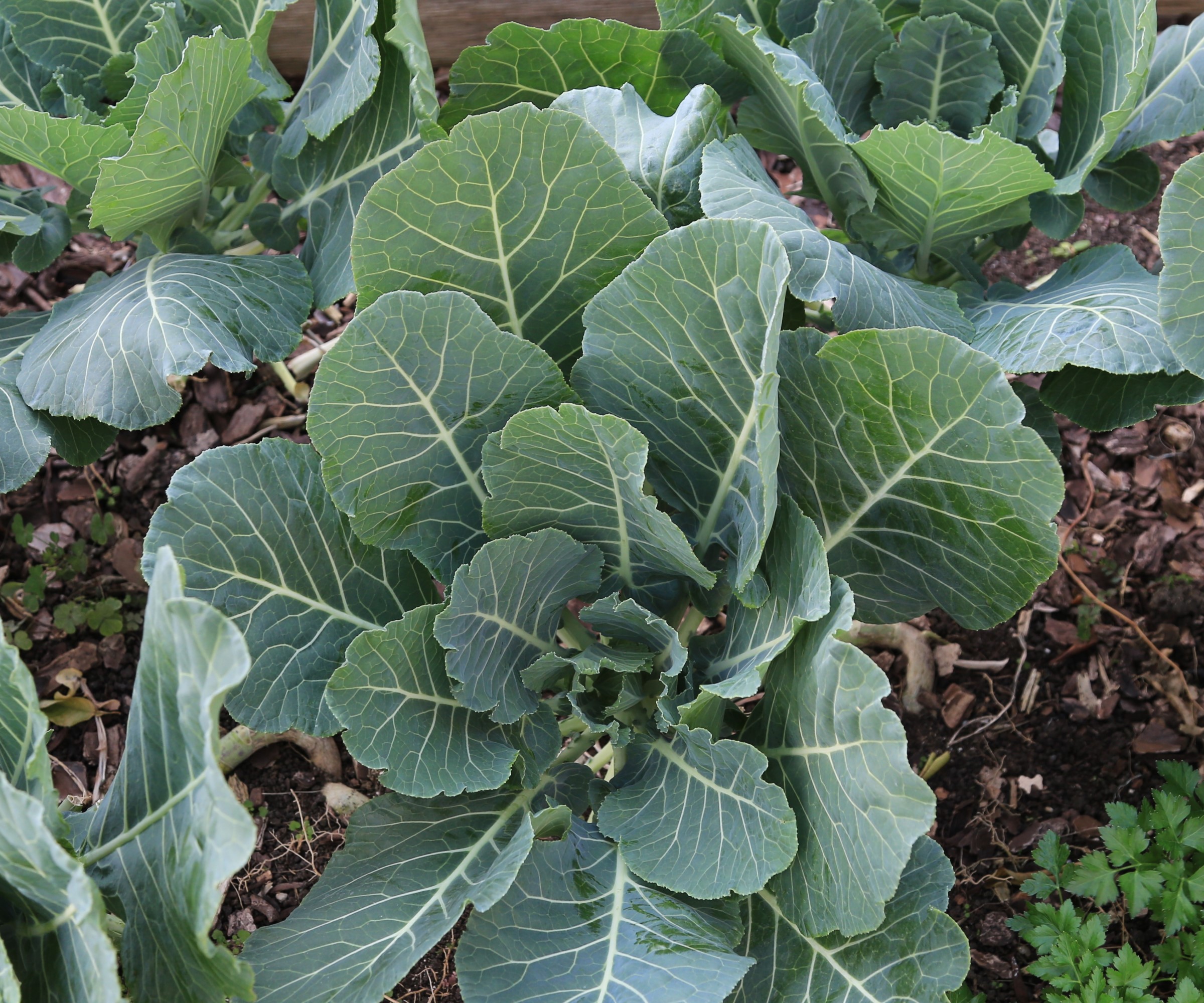
The stems of collard greens are tough and removed for cooking
How to plant collard greens
Young plants either raised from seed indoors in a greenhouse, or purchased from reputable retailers, can be planted outside once the risk of frost has passed.
Collard greens do best in a soil type that is fertile and well draining, with a pH of between 6.0 and 6.8. Conduct a soil test to check the nutrient make-up and pH to make sure it is the ideal spot for the crop. You can make amendments to the soil in order to boost moisture retention, drainage, and nutrient levels.
Jonathan Holmes, a veteran gardener and owner of Planted Shack, says that he enriches his soil with ‘lots of compost or aged manure’ to give the plants lots of nutrients in order to thrive.
When it comes to heat and light needed for happy collard greens, he adds: ‘Full sun is a must. Anything less than six hours of direct sun per day can stunt growth. I choose my sunniest garden bed for them.’
Space collard green plants 18-24 inches apart and give them a good water after planting. A mulching around the plants with organic materials such as compost, well-rotted manure, or leaf mold, can help improve the water retention and benefit the plants. Mulching a vegetable garden is always recommended to boost the overall soil health, reduce the level of weeds, and generally produce a better quality of crops.
Monitor your crops regularly and keep plants well watered. A feed with a high-nitrogen slow-release fertilizer around once a month will benefit them. An example of one product is Jobe's Organics Blood Meal available at Walmart while you can use alternative feeds such as coffee grounds around plants to add nitrogen to the soil.

Jonathan Holmes is a veteran gardener with over 20 years of experience growing food crops. Though originally a city dweller, he now enjoys cultivating bountiful harvests on his suburban plot. Jonathan is an advocate of organic, sustainable gardening methods and loves to share his knowledge. As a writer, he covers topics like building healthy soil, composting, irrigation, pest management and more. His articles help both novice and seasoned gardeners develop their skills.
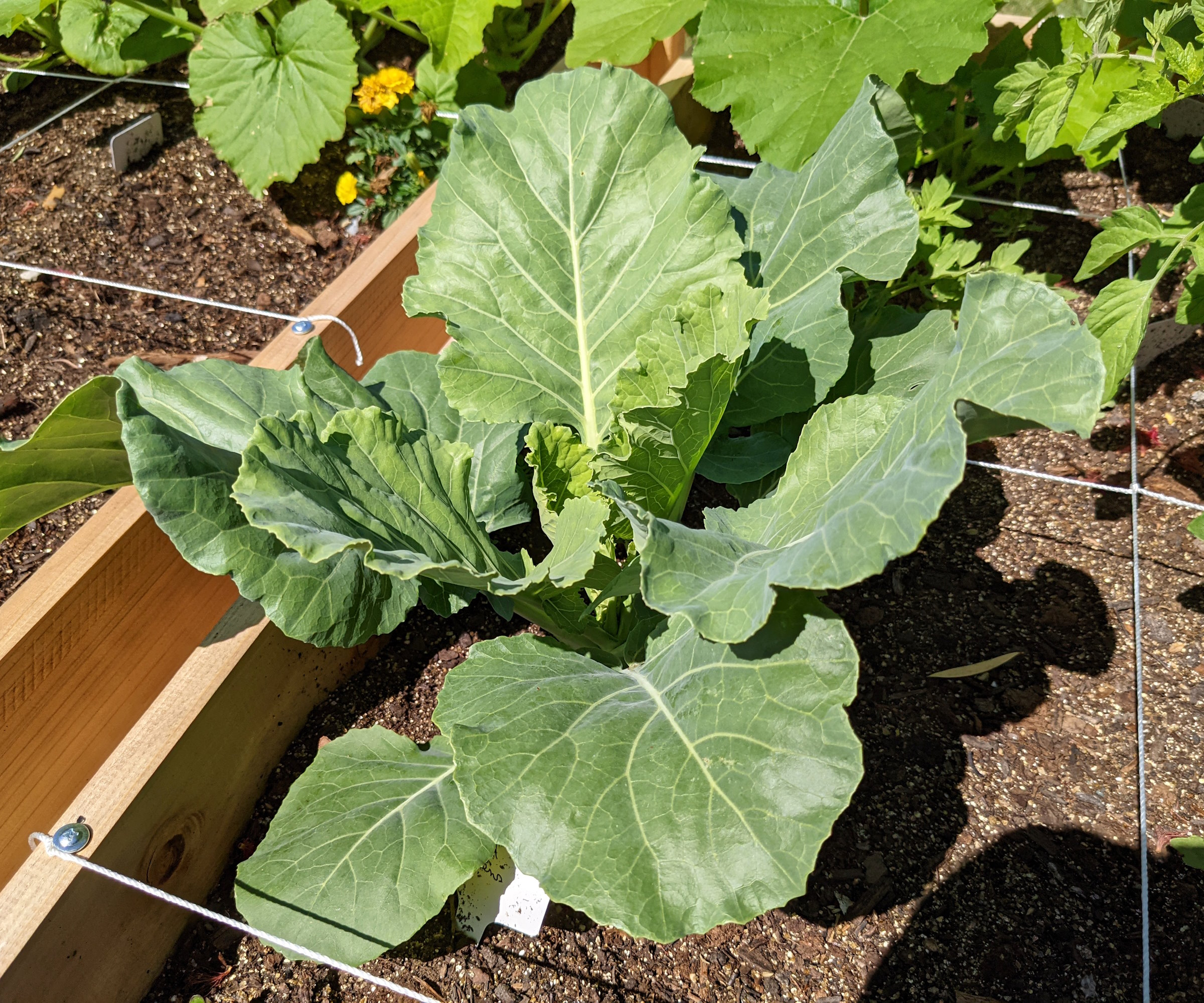
Collard greens want to grow in full sun
How to harvest collards
As mentioned earlier, collard greens can grow fast and provide a quick crop. While it can take 60 days or more, depending on the variety and growing conditions, to get full size leaves, you can actually pick the crop at a more juvenile stage for an ever faster harvest.
Tony O’Neill, an experienced gardener and content creator, says that harvesting young leaves from ‘as early as 30 days’ after planting is one way of how to harvest collard greens so it keeps growing that guarantees extended cropping. He says: ‘This cut-and-come-again approach allows for a prolonged harvest period from the same plant.’
If you are growing collard greens for mature leaves, they are ready to harvest once they get to around 10 inches long and are dark green in color. These can be harvested individually to allow for extended cropping - but take care not to overpick and take any more than a third of the leaves at one time.
When it comes to harvesting fully-grown leaves, Tony adds: ‘I recommend picking the lower, older leaves first and allowing the center of the plant to continue growing. This method encourages more growth and a more extended harvest season. Be gentle during harvesting to avoid damaging the plant's core.’
Rather than taking individual leaves, an alternative way of harvesting collard greens so it keeps growing is to cut the entire plant. By cutting the entire plant around four inches from the ground, it will then regrow to give a second harvest of new leaves from the remaining stem.
The plants are capable of growing to up to three feet tall, and two feet wide, so many people will prefer to cut them down and allow for a second growth of leaves. If you do continue to pick individual leaves, the result will be a tall bare stalk with leaves at the top section of the plant.
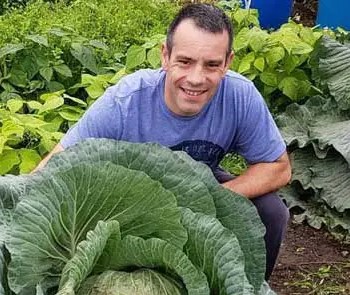
Tony is an expert gardener who has spent the past 40 years gardening and, for the past 15 years, teaching others with a thriving YouTube channel that has 370,000 subscribers.
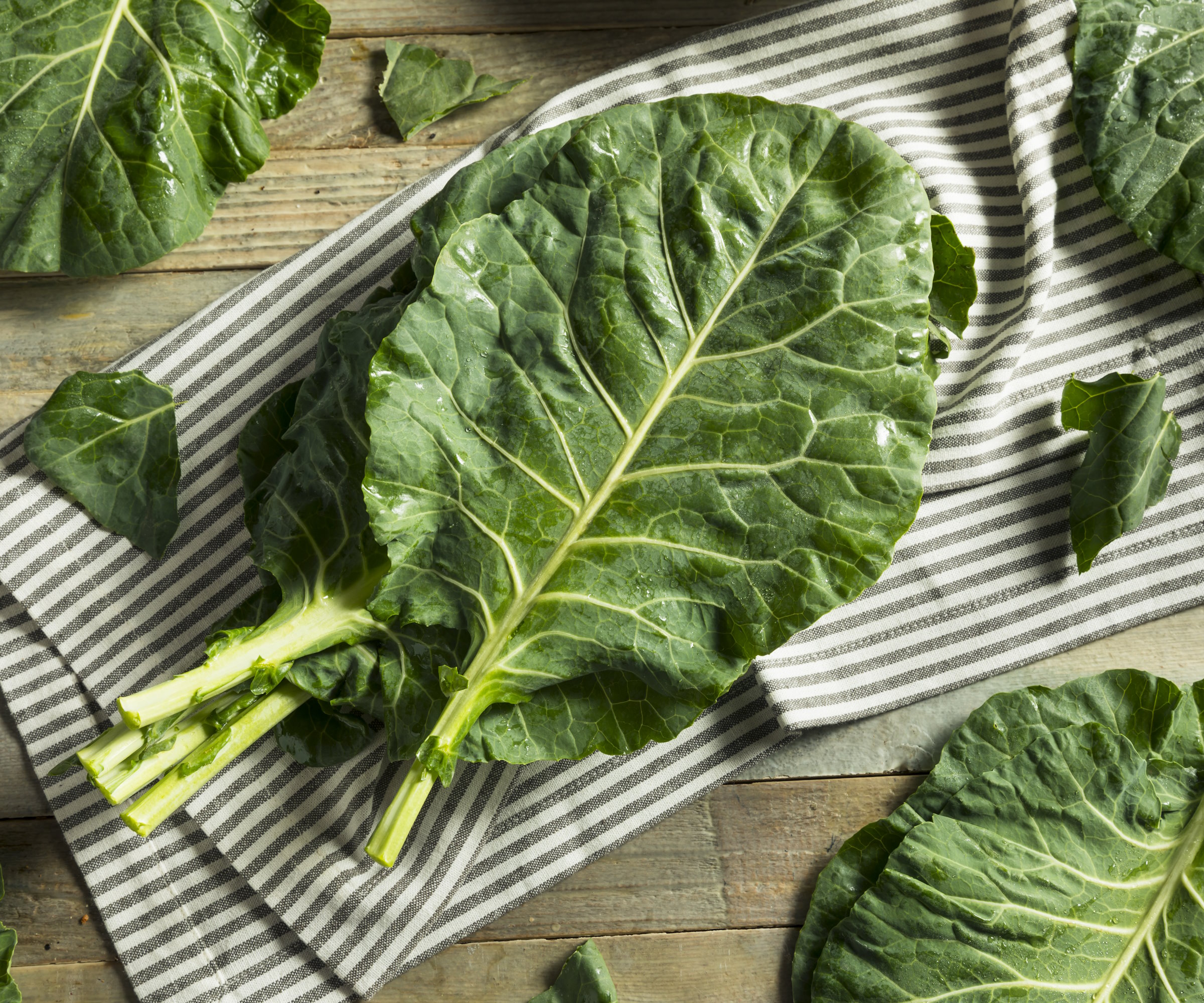
Collard greens are a staple in lots of Southern cuisine
How to grow collard greens in a pot
Collard greens are very versatile and can grow well in pots as part of a vegetable container garden, or in raised garden beds. This makes them great for small vegetable garden ideas and growing in containers on patios or decks for homegrown harvests from a small space.
Any container should be at least 12 inches in diameter and have holes in the bottom for drainage. Fill your chosen container with good quality potting soil, but avoid reusing potting soil or using old garden soil in pots. An example of a potting soil is the Miracle-Gro Potting Mix, available at Amazon.
Collard greens grown in pots should be placed in the sunniest spot in the garden, and then can be moved to more shady areas once the temperatures increase to hold off any potential bolting.
Vegetables in pots will need more watering and feeding than crops growing in the ground, so add a slow-release fertilizer at the time of planting and continue to feed regularly throughout the growing season.
FAQs
How long does it take collard greens to grow?
Collard greens can take from 60-80 days to reach maturity, depending on the variety and also the conditions in which they are growing.
Do collard greens grow back after cutting?
Collard greens can be harvested more than once. The plants can be cut when they are either half grown, or fully grown, and will grow back to provide a second flush of leaves to harvest.
Collard greens are part of the brassica family of vegetables, so should be grown with other brassicas, such as cabbages and kales, in a crop rotation. When you start a vegetable garden, it is beneficial to plan a crop rotation to help maintain your soil health and combat pests and diseases.
Sign up to the Homes & Gardens newsletter
Design expertise in your inbox – from inspiring decorating ideas and beautiful celebrity homes to practical gardening advice and shopping round-ups.

Drew’s passion for gardening started with growing vegetables and salad in raised beds in a small urban terrace garden. He has worked as a professional gardener in historic gardens and specialises in growing vegetables, fruit, herbs, and cut flowers as a kitchen gardener. That passion for growing extends to being an allotmenteer, garden blogger, and producing how-to gardening guides for websites. Drew was shortlisted for the New Talent of the Year award at the 2023 Garden Media Guild Awards.
-
 Are you making the most out of the estate sales in your area? These are the 5 most valuable items you should be shopping for
Are you making the most out of the estate sales in your area? These are the 5 most valuable items you should be shopping forVintage lovers and antique experts share the objects you should always look out for when you're exploring an estate sale
By Eleanor Richardson
-
 How to grow sassafras – for a low-maintenance native tree that can even be planted in shady yards
How to grow sassafras – for a low-maintenance native tree that can even be planted in shady yardsFor an easy-to-grow North American tree, you will not find much better than sassafras
By Thomas Rutter